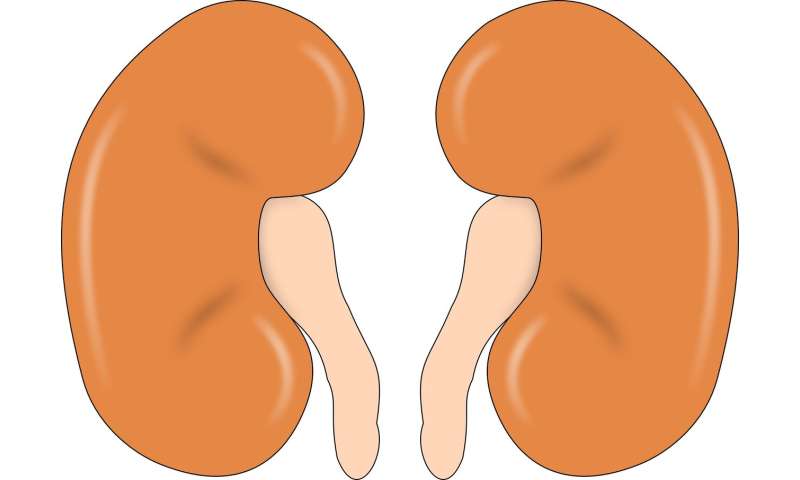Elderly patients also benefit from kidney transplantation

People in industrialized countries are getting older and are very often in good health as a result of good nutrition, a healthier lifestyle and a higher level of education. More people nowadays know how to keep fit and prevent diseases. Screening programs have increased the survival rates of many illnesses such as cancer, national vaccination programs have completely eradicated many diseases, and better safety standards such as traffic regulation, risk management and safe work procedures have helped to reduce the number of accidents.
In a nutshell, people are getting older and healthier, but the prevention of chronic kidney disease (CKD) is lagging behind, with the number of patients on the rise. In 2016, 121 per million population (pmp) started renal replacement, in 2017 this number rose to 127 pmp—according to figures released by the ERA-EDTA Renal Registry. Most patients are elderly people, because the risk of chronic kidney disease increases with age. The mean age of patients starting RRT was 63.4 years.
The best available treatment of end-stage renal disease is kidney transplantation. “We know that patients benefit immensely from this treatment, survival and quality of life are significantly better compared to dialysis patients,” explains Professor Ron Gansevoort, Press Officer of the ERA-EDTA. This can be easily explained: After successful kidney transplantation, the detoxification function can return almost completely to normal, and there is no accumulation of toxins and water in the body, as in dialysis patients between dialysis treatments. Furthermore, patients are not dependent on the blood washing procedure (usually 3 times a week for 4 hour), which greatly impacts “normal life.”
However, due to the scarcity of donor organs, which is dramatic in many European countries, it is not possible for large numbers of people to receive transplants. When it comes to elderly patients, this scarcity produces a moral dilemma. Would it be correct to implant an organ into an elderly patient when a younger patient is also waiting for an organ and has a much longer life span ahead of him/her? One solution is the “old-to-old” donation, in which elderly patients receive the organs of deceased elderly patients. This raises the questions as to whether this kind of transplantation is “worth” being done, e.g. whether the old organs would work properly and whether the transplanted patient would derive a significant benefit.
These questions have now been answered by a new study published in Nephrology Dialysis Transplantation. 138 recipients (>=75 years) who received kidney transplants from similarly aged deceased persons between 2002 and 2015 were analyzed. One- and five-year patient survival was 82.1% and 60.1%, respectively, whereas the corresponding rates for death-censored graft survival were 95.6% and 93.1%, respectively.
Source: Read Full Article


